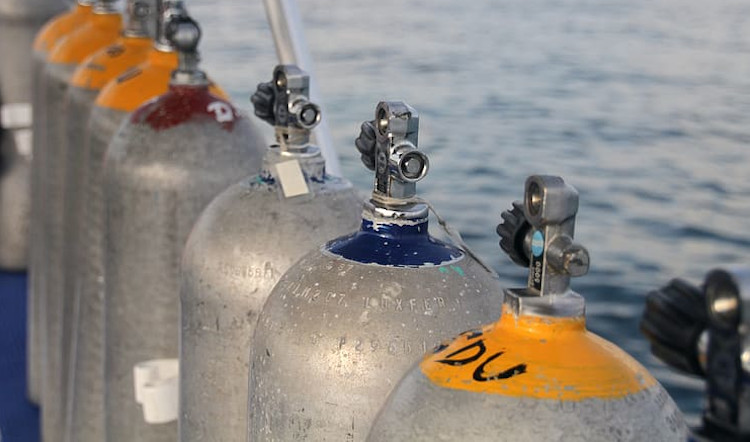
Oxygen Delivery Systems in Emergency: Understanding your BVM Device
Oxygen delivery using a Manual Resuscitator (aka bag-valve mask/BVM device) is commonly performed during resuscitation efforts. As the name implies it is assumed manually delivering breaths by squeezing the bag.
Others have assumed that since it is a ‘closed’ system that as long as there is a good seal it can also passively deliver high concentrations of oxygen in the spontaneously breathing patient. This is often not the case and depends on the type of BVM device you have and other factors. This is the first of a series of videos on understanding your airway equipment.
Emergency oxygen can be given for many breathing and cardiac emergencies. It can help improve hypoxia (insufficient oxygen reaching the cells) and reduce pain and breathing discomfort. Always follow local protocols for using emergency oxygen. Consider administering emergency oxygen for:
■ An adult breathing fewer than 12 or more than 20 breaths per minute.
■ A child breathing fewer than 15 or more than 30 breaths per minute.
■ An infant breathing fewer than 25 or more than 50 breaths per minute.
■ A person who is not breathing.
Emergency Oxygen Delivery Systems Emergency oxygen delivery systems include the following equipment:
■ An oxygen cylinder. Oxygen cylinders come in different sizes and have various pressure capacities. Cylinders are labelled “U.S.P.” (United States Pharmacopeia) and marked with a yellow diamond that says “Oxygen,” which indicates the oxygen is medical grade. Oxygen cylinders contain gas under high pressure. If mishandled, cylinders can cause serious damage, injury or death.
■ A pressure regulator with the flowmeter. The pressure regulator controls the pressure coming out of the cylinder and is indicated on the gauge in pounds per square inch (psi). The flowmeter controls how rapidly the oxygen flows from the cylinder to the victim. The flow rate can be set from 1 to 25 litres per minute (LPM).
■ A delivery device. The equipment a victim breathes through is an oxygen delivery device. Tubing carries the oxygen from the regulator to the delivery device. Delivery devices include nasal cannulas, resuscitation masks, non-rebreather masks and bag-valve-mask resuscitators (BVMs).
Emergency oxygen units are available without a prescription for first-aid use, provided they contain at least a 15-minute supply of oxygen and are designed to deliver a preset flow rate of at least 6 LPM.
The type of system used (variable or fixed flow) impacts the type of delivery devices that can be used and the concentration of oxygen that can be delivered to a victim.
■ Variable-fl ow-rate oxygen systems allow the rescuer to vary the flow of oxygen. This type of system must be assembled and the appropriate flow rate selected.
■ Fixed-flow-rate oxygen systems include a regulator set at a fixed-flow rate, usually 15 LPM, or may have a dual (high/low) flow setting. The cylinder, regulator and delivery device are already connected.


